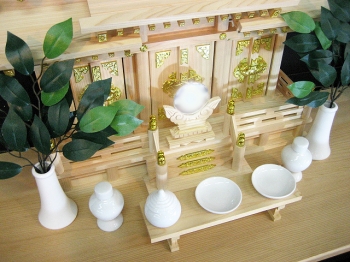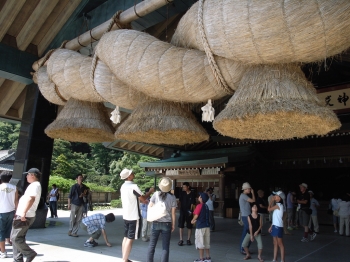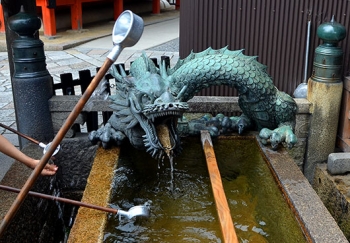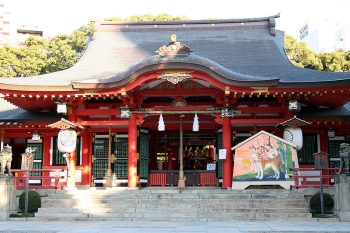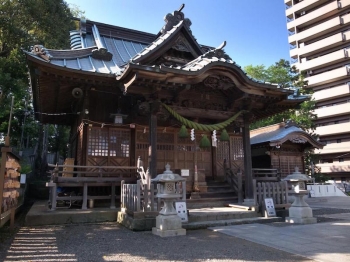Travelers to Japan notice the impressive gates that mark Shinto shrines, in Japanese, torii, as well as the shimenawa, referring to a type of rope made from rice straw or to the rice paper attached to it or to trees. Shinto festivals shape the annual cultural calendar of Japan, and some regional festivals have become attractions. Most of my students in the USA encounter Shinto ideas in the movies of Miyazaki Hayao and anime such as Inuyasha. But what exactly is Shinto?
In his brilliant book Shinto: The Way Home (2004), Thomas Kasulis distinguishes between two ways of approaching and living a religious system: an essentialist and an existential form of spirituality. The former is prescriptive, outlining a set of beliefs and practices that anyone claiming a specific religious identity such as “Shinto” has to embrace and follow. The latter is descriptive, insofar as a person considered a practitioner of a specific system adopts a variety of customs and practices somewhat unreflectively, and when pressed to explain the reasons behind them, is flustered and at a loss for words. In this sense, it is safe to say that most Japanese practicing Shinto exemplify existential rather than essentialist spirituality.
Shinto plays a significant role in the daily life of many Japanese. It starts with the home altar, kamidana, that can be found in many households and businesses. These kamidana are relatively simple wooden structures that house a mirror and offerings of sake or water, a stylized plant, and a mikan, a Japanese mandarin orange. People make these offerings daily to care for the kami (literally, “god” or “spirit”) living in their house as they would a relative. The second important Shinto feature in Japanese life is a visit to a Shinto shrine. In Japan, people visit shrines on their way to work and on weekend outings—many shrines, such as the shrine complex on the island Enoshima south of Tokyo, are built in spectacular surroundings—to pray to the kami for help with a crisis or particular concern, or to celebrate significant year-cycle and life-cycle events.
Most shrines have similar features. The gates mark not only the entrance to the shrine, but also the presence of a kami. Next to the gate one can find a water basin, temizuya, for visitors to purify their hands, mouth, and foreheads, since it is believed that it is our deeds, speech, and thoughts that pollute us and make us lose the sense of who we truly are. After cleaning themselves, visitors clean the ladle itself and return it to the water basin. Also in the vicinity of the gate are empty sake kegs gifted to the shrine by donors. At the spiritual center of the shrine are the honden, the main hall, and the haiden, the ceremonial hall. The latter is the location of rituals performed during annual and life-cycle events, while the former enshrines the main kami. Any one shrine may house more than one kami, but the honden is dedicated either to a local kami or to Inari, one of the kami found more commonly in Shinto shrines.
The statues found in shrines mostly represent guardian spirits like foxes and forest spirits like the Tengu, but less frequently, if at all, they depict the main kami itself. Rather the kami is represented by a mirror, a jewel, or a sword—thus, the divine is concealed. In the vicinity of the honden, practitioners leave
